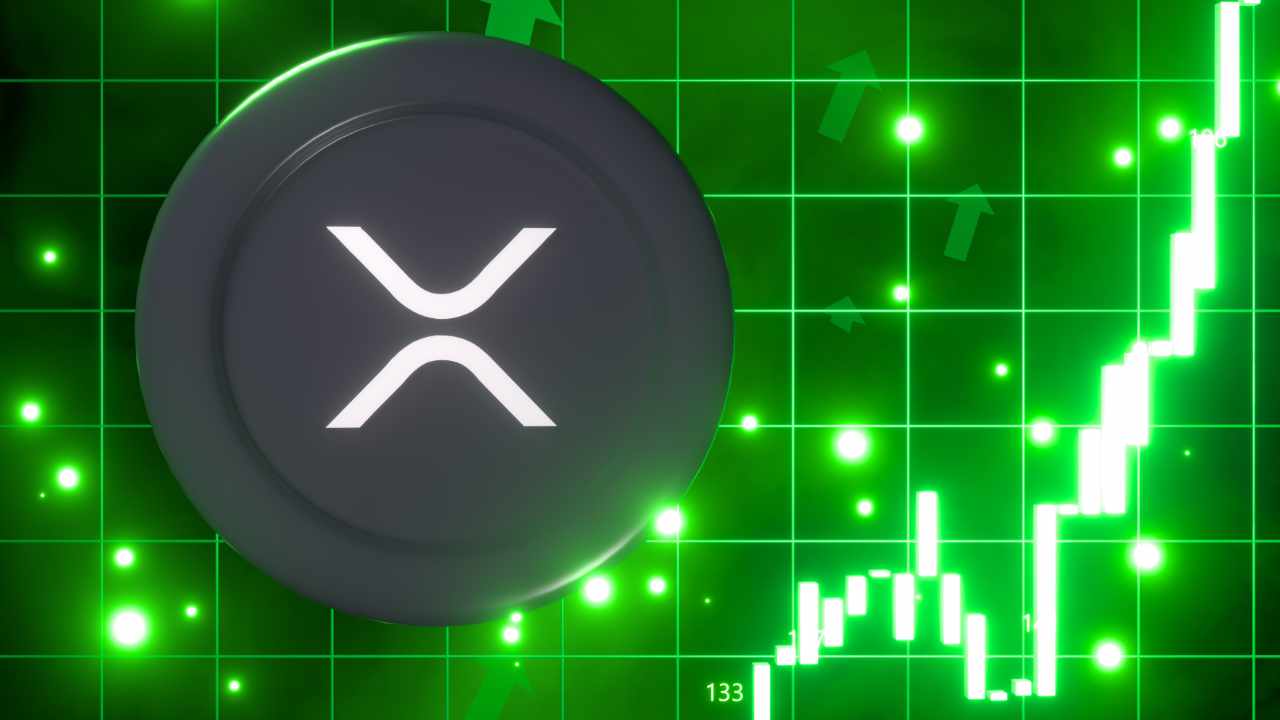The landscape of institutional cryptocurrency adoption is evolving rapidly, with XRP emerging as a significant contender following Bitcoin’s footsteps. Over the past year, the narrative has shifted from Bitcoin being the primary crypto treasury asset to a more diversified approach where altcoins like XRP are gaining considerable traction. This transformation reflects broader market dynamics, regulatory developments, and strategic corporate decisions that signal a maturation of the digital asset ecosystem.
Institutional Adoption of XRP: A New Treasury Role
Corporate treasuries historically favored fiat reserves, but Bitcoin’s adoption by public companies as a treasury asset prompted a paradigm shift. This model, popularized by firms like MicroStrategy, has inspired a number of companies to explore similar strategies with altcoins. XRP stands out in this new wave due to its practical attributes.
Unlike Bitcoin, which is often criticized for its slower transaction capacity and higher energy consumption, XRP boasts the ability to handle up to 1,500 transactions per second with predictable, comparatively low transaction fees. These characteristics make it a highly practical solution for real-world financial applications, particularly cross-border payments where speed and cost efficiency are paramount.
High-profile examples bolster this trend. VivoPower International, a Nasdaq-listed company, announced a plan to invest approximately $121 million in XRP as part of its treasury holdings, bypassing Bitcoin entirely. This decision was driven by the need to diversify treasury assets while tapping into XRP’s “untapped potential,” as described by industry insiders. Another Singapore-based entity, Trident Digital Tech Holdings, funded a $500 million initiative aimed at XRP treasury accumulation, further validating institutional confidence.
Regulatory Clarity and Market Response
XRP’s rise in institutional favor is partially fueled by its recent regulatory breakthroughs. After years of uncertain regulatory treatment due to the SEC’s lawsuit against Ripple Labs, 2025 has seen significant resolutions and positive developments that have dispelled much of the ambiguity. Regulatory clarity is crucial for mainstream companies considering incorporating cryptocurrencies into their balance sheets; ambiguity equates to risk, and risk deters adoption.
Following these developments, XRP has experienced notable gains in capital markets, with its stocks and tether-related derivatives showing bullish trends. The approval and anticipated launch of XRP spot ETFs are also contributing excitement and optimism. Market analysts predict that these ETFs could channel upwards of $8 billion into XRP, mirroring the inflows Bitcoin witnessed upon the introduction of similar financial products.
The Ripple Network and XRP Ledger in Financial Systems
Beyond treasury management, institutions are exploring XRP’s underlying infrastructure — the XRP Ledger (XRPL) — for broader financial integration. The XRPL is a decentralized, open-source blockchain protocol designed specifically to facilitate fast, scalable, and efficient payments. Firms like Guggenheim have tokenized commercial paper on the XRPL, demonstrating the platform’s capability to handle real-world assets seamlessly on-chain.
Integration efforts include partnerships with financial institutions that are pioneering XRP-backed products, lending XRP a critical push towards mainstream adoption in conventional finance and decentralized finance (DeFi) ecosystems. This momentum is helping XRP carve out a niche not only as an investment asset but also as a foundational technology for next-generation financial infrastructure.
Diversification Beyond Bitcoin: Strategic Benefits and Challenges
Companies adopting XRP alongside or instead of Bitcoin are applying lessons from the Bitcoin treasury playbook but tailoring strategies to the unique strengths and risks of altcoins. XRP’s comparatively stable and predictable transaction costs align well with treasury needs for transparency and reliability.
However, skeptics warn that corporate crypto vehicles focused on altcoins may encourage speculative market movements, reflecting volatility that could impact balance sheet stability. Nonetheless, proponents argue that XRP’s regulatory advancements and practical utility reduce these risks and position it well for sustained growth.
Another compelling strategic consideration is XRP’s addressable market opportunity. Industry leaders estimate a $19 trillion potential for digital assets in cross-border and institutional finance—an area where XRP’s speed and cost efficiency could translate to significant market share.
Wall Street’s Growing Interest and Future Outlook
Wall Street’s established presence in cryptocurrency markets is broadening beyond Bitcoin, with asset managers, hedge funds, and corporate treasuries increasingly acquiring XRP. The rise of XRP futures issuers, alongside the launch of tokenized debt instruments on XRPL, signifies deeper institutional engagement.
Investor sentiment has also improved significantly, driven by recent price rallies that exceeded Bitcoin’s performance over the last year. This dynamic, coupled with XRP’s expanding ecosystem and acceptance, suggests that XRP could become a mainstream treasury asset, potentially rivaling Bitcoin’s dominance.
Conclusion: A Paradigm Shift Towards XRP and Institutional Crypto Integration
XRP’s institutional rise is more than a fleeting trend; it marks a crucial shift in how public companies and financial institutions approach cryptocurrency integration. Building on Bitcoin’s proven corporate treasury framework, XRP’s unique technical capabilities, regulatory progress, and expanding ecosystem create a compelling value proposition for treasury diversification and financial innovation.
As regulatory landscapes stabilize and adoption accelerates, XRP is poised to transcend its role as merely a digital asset to become an integral element of next-generation financial systems. For investors and companies alike, understanding XRP’s evolving role is essential in navigating the future of institutional cryptocurrency strategies amid an expanding global digital economy.





